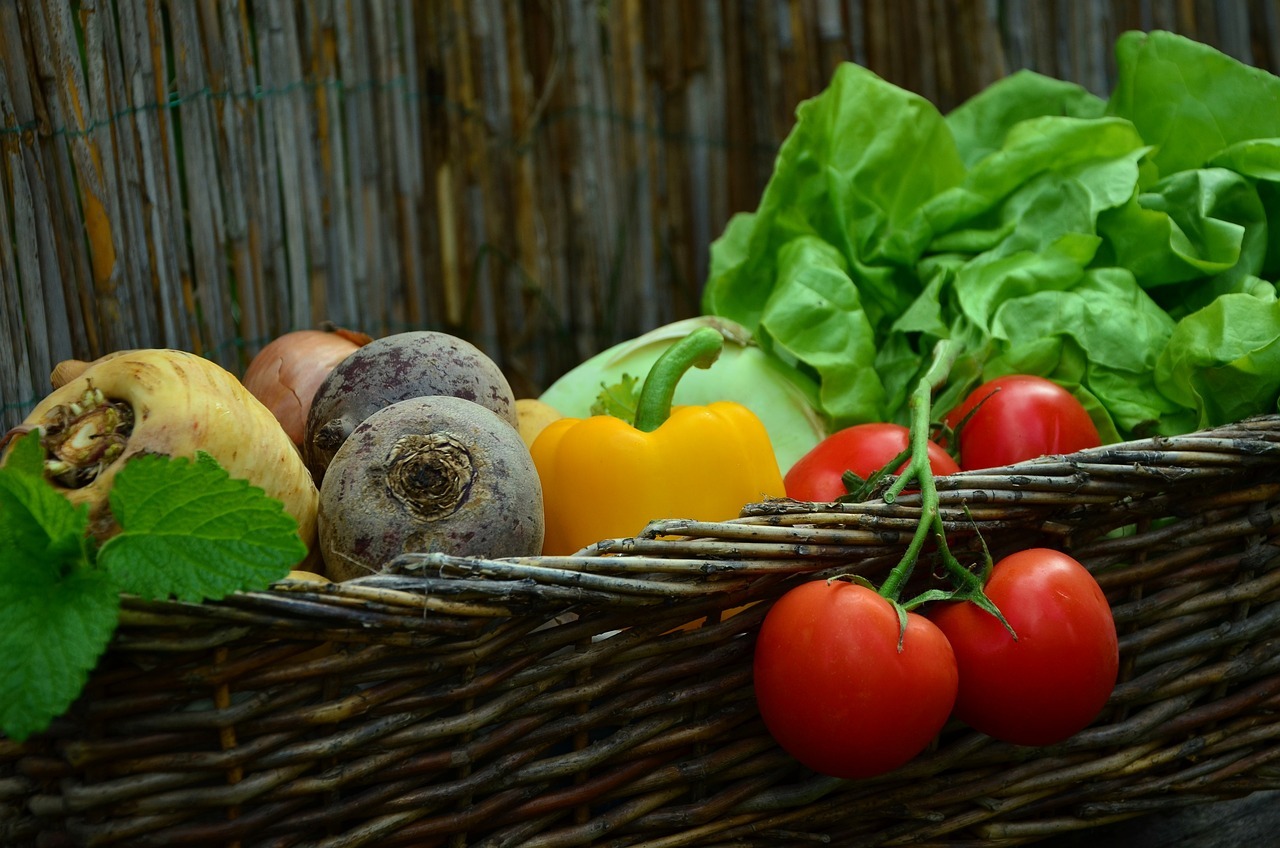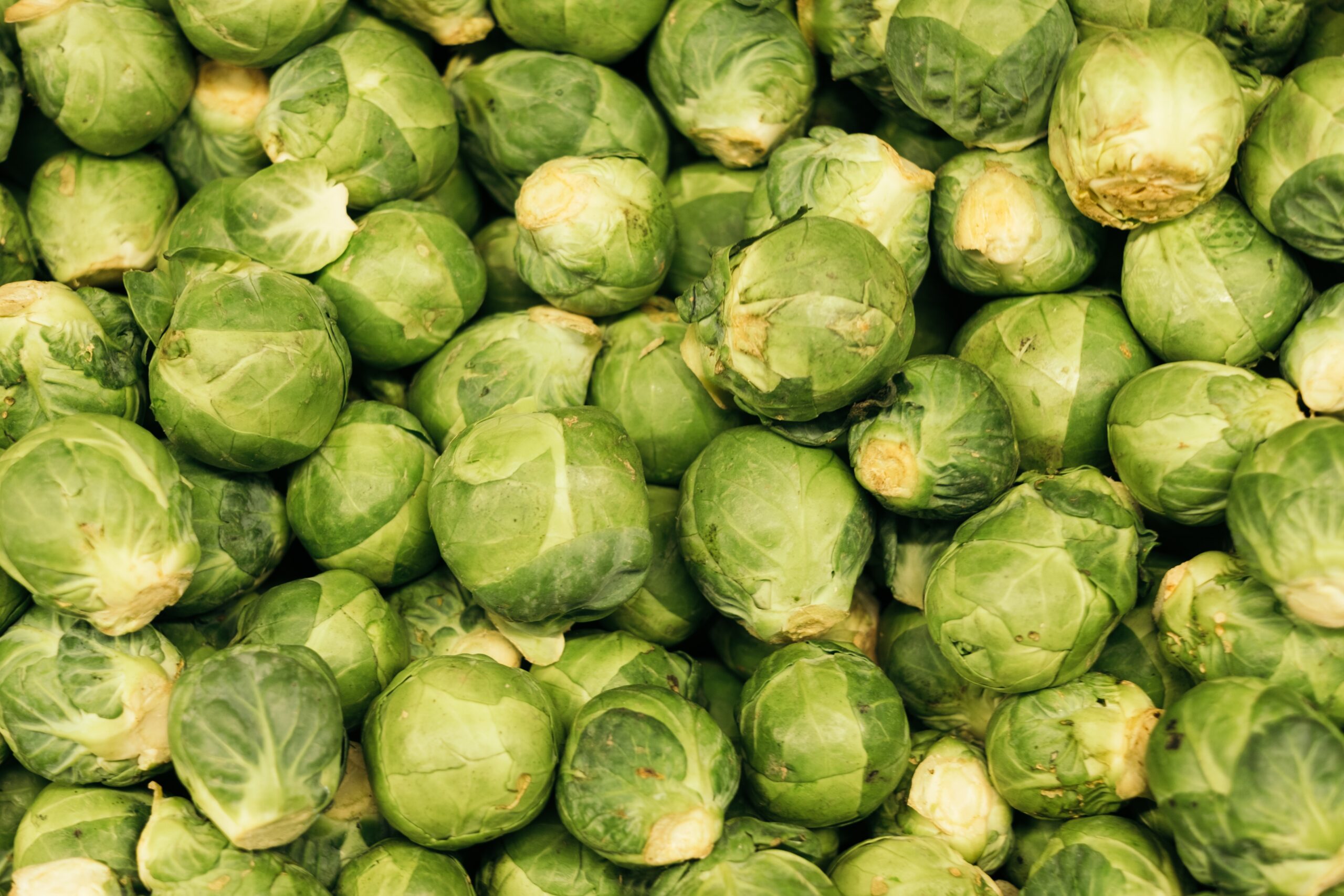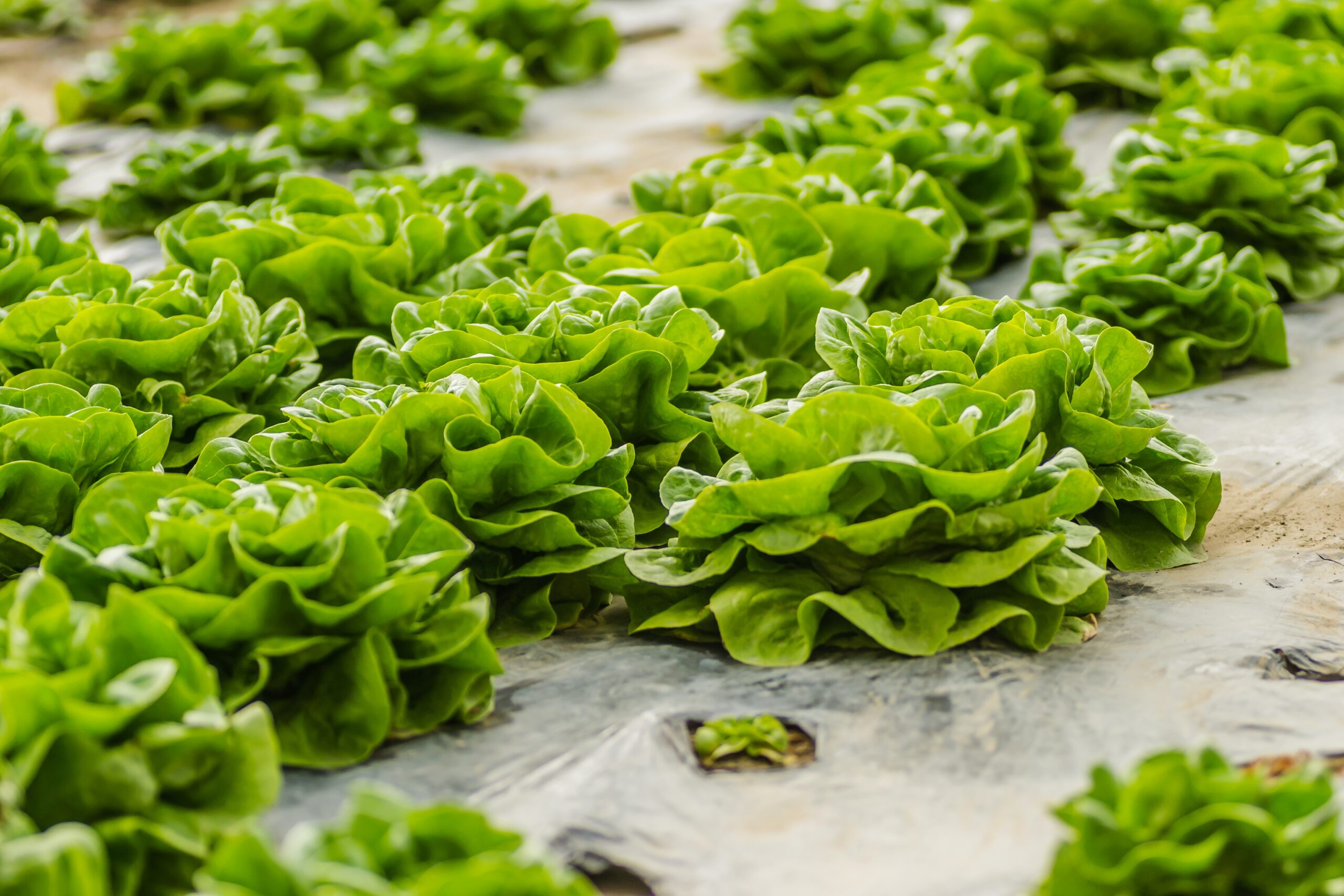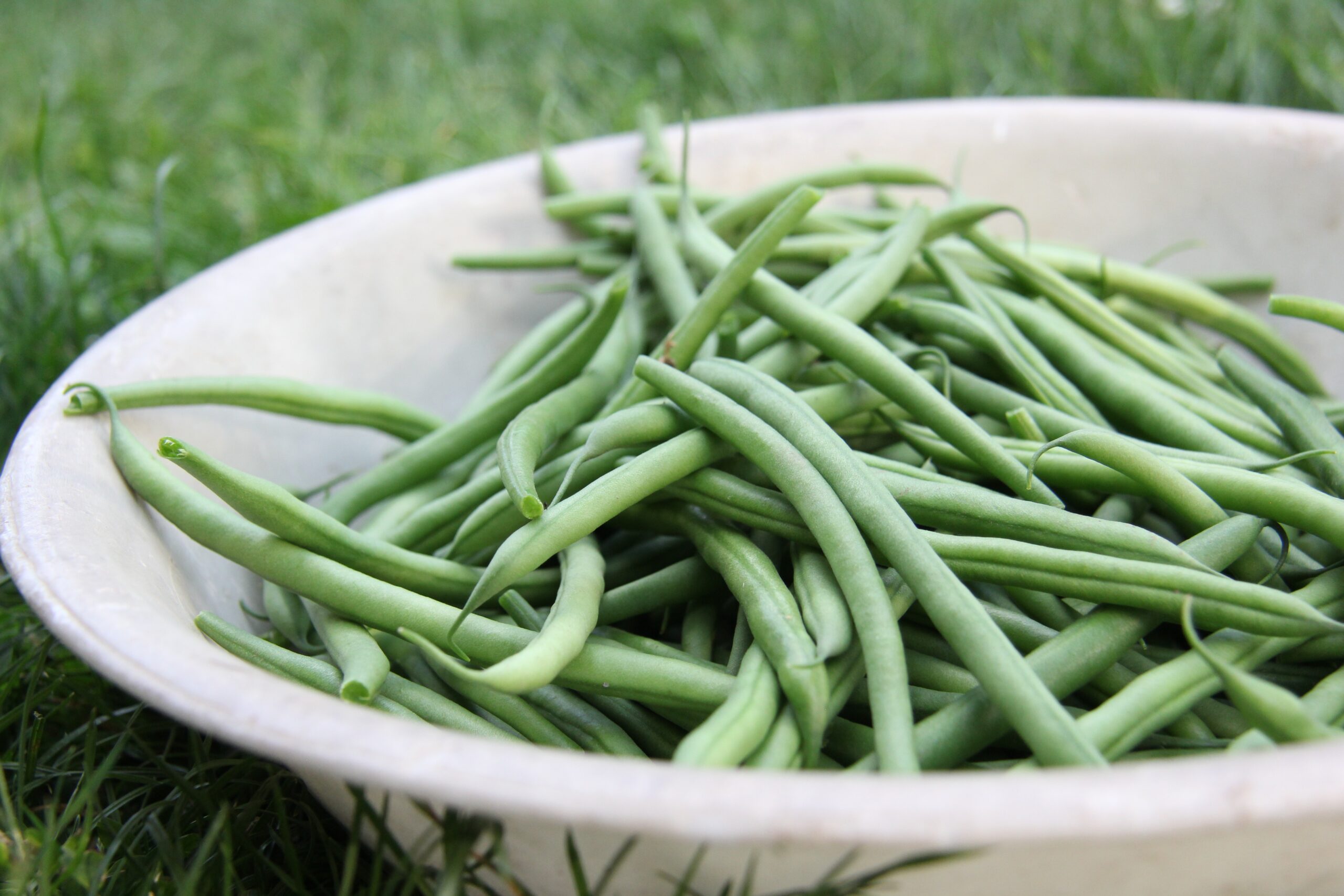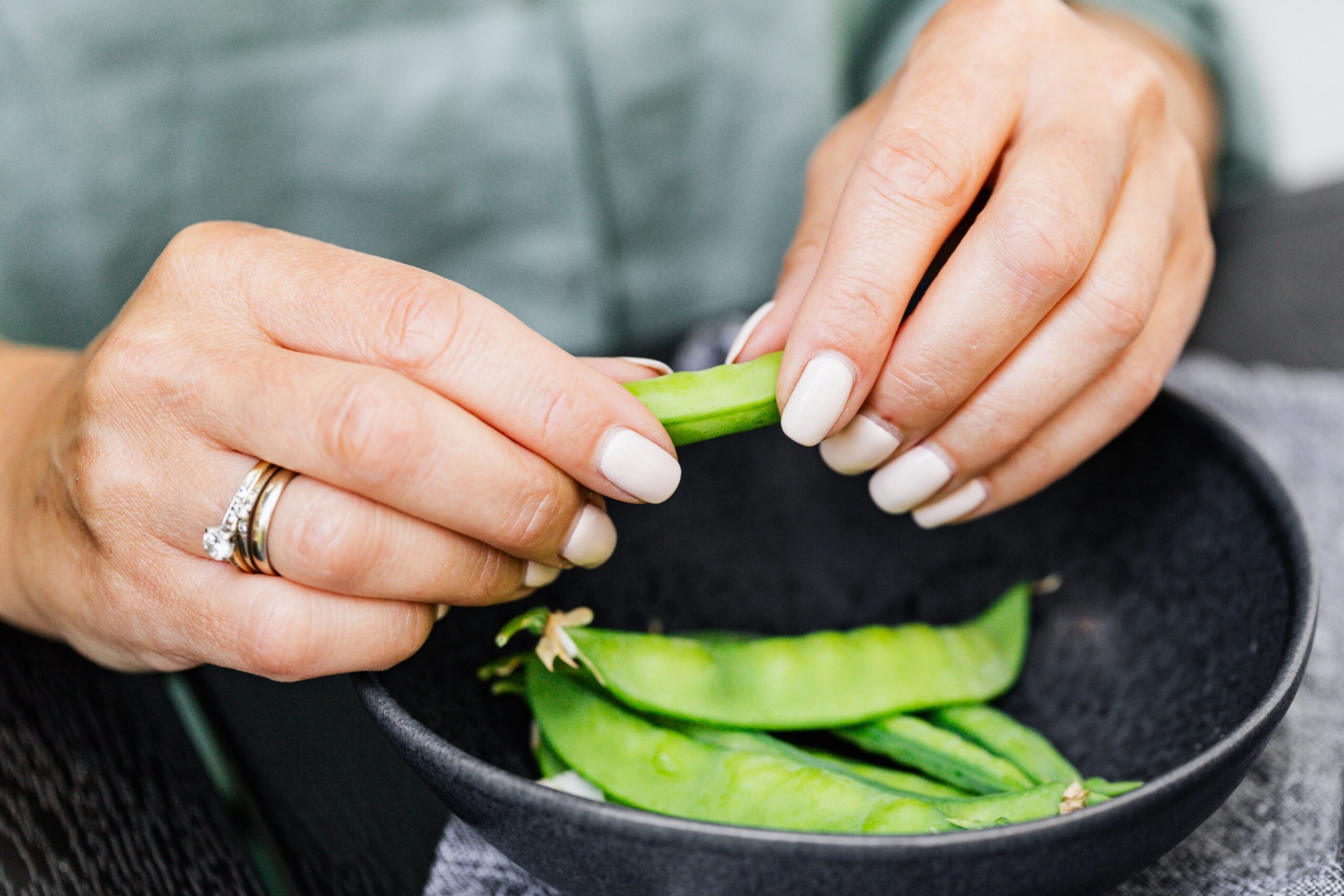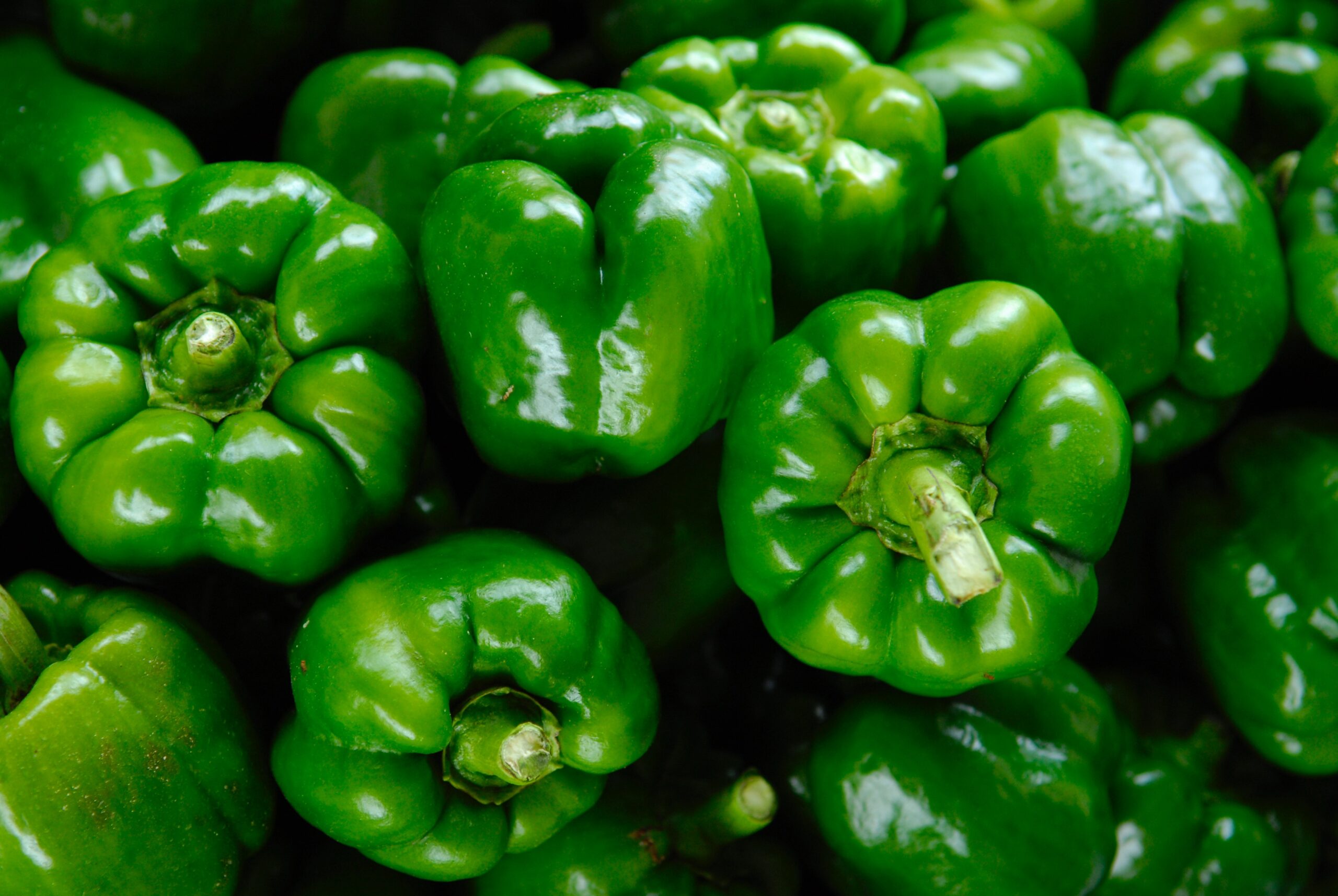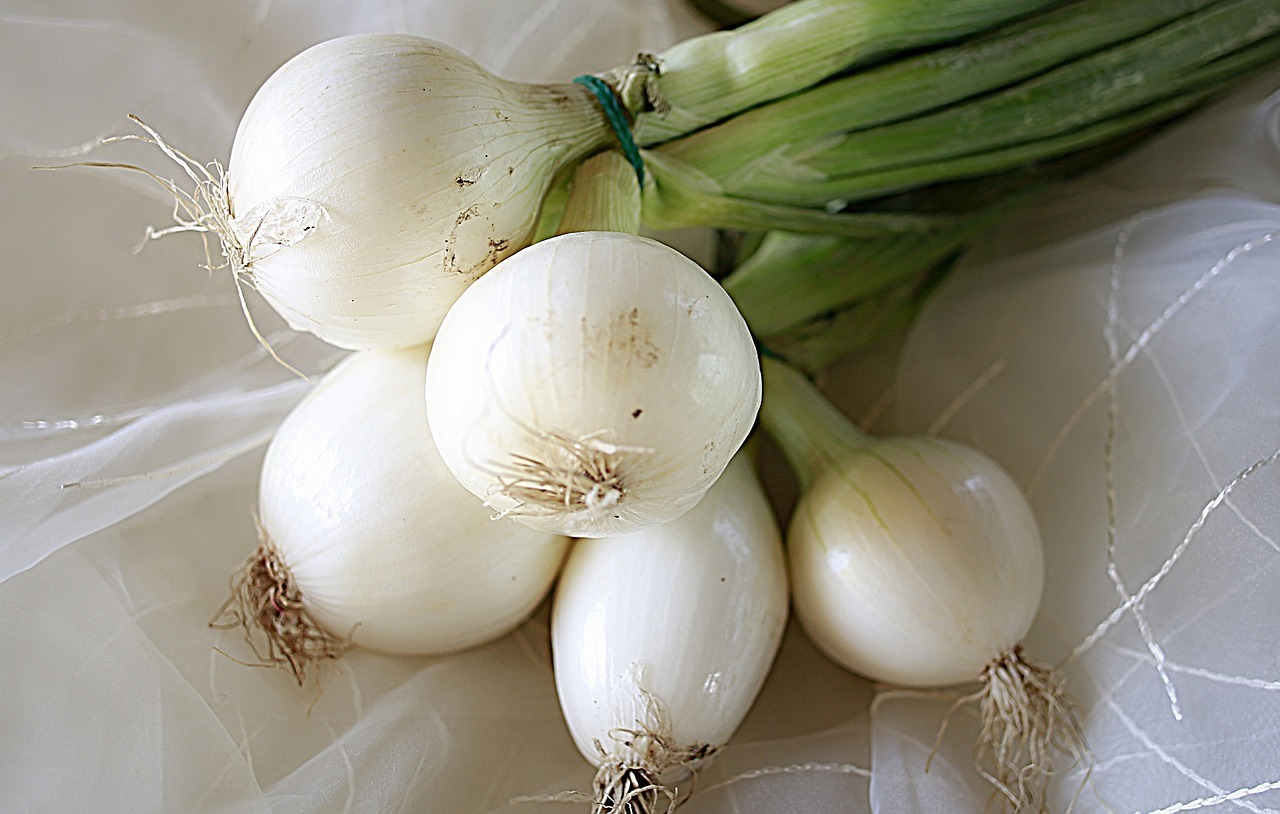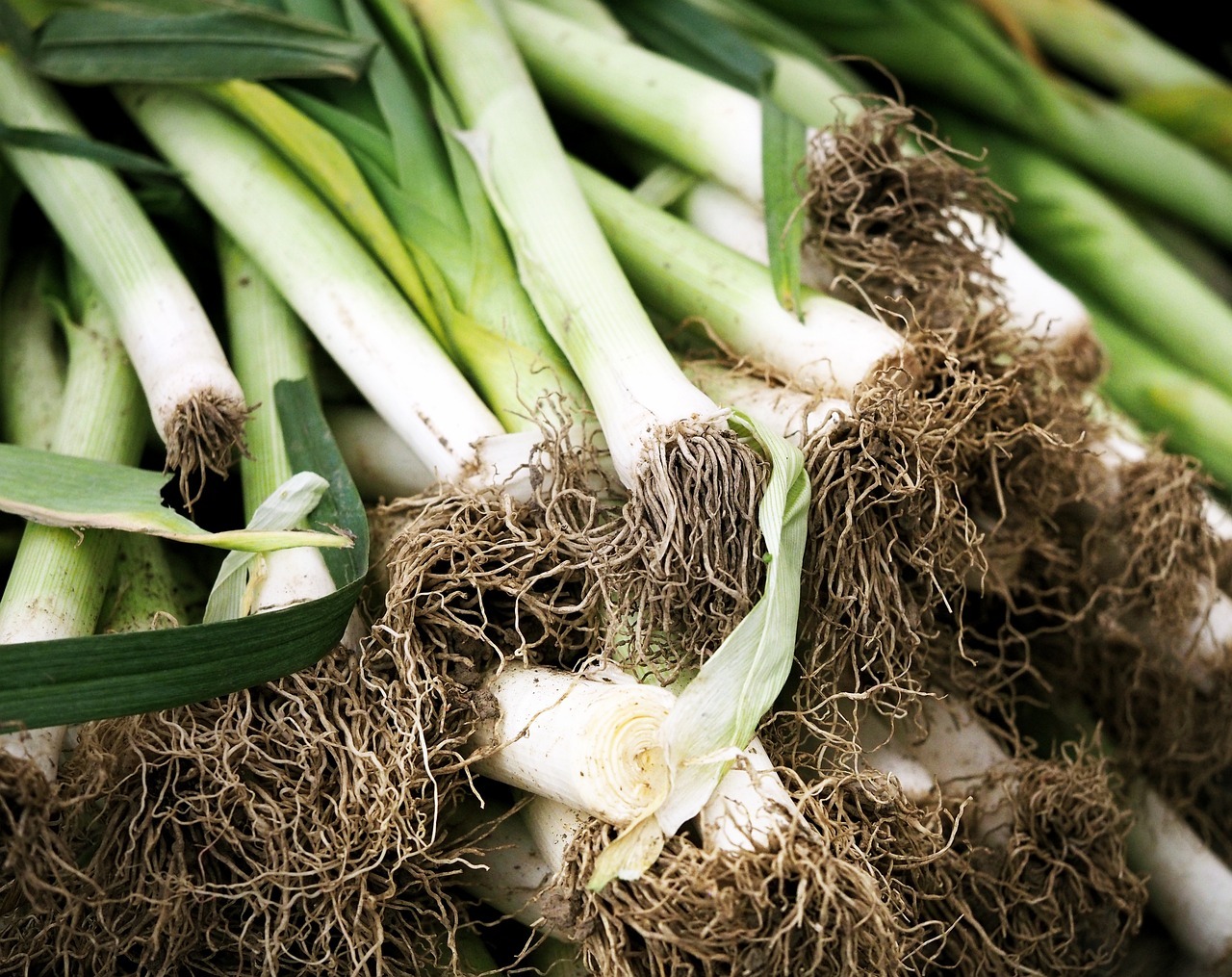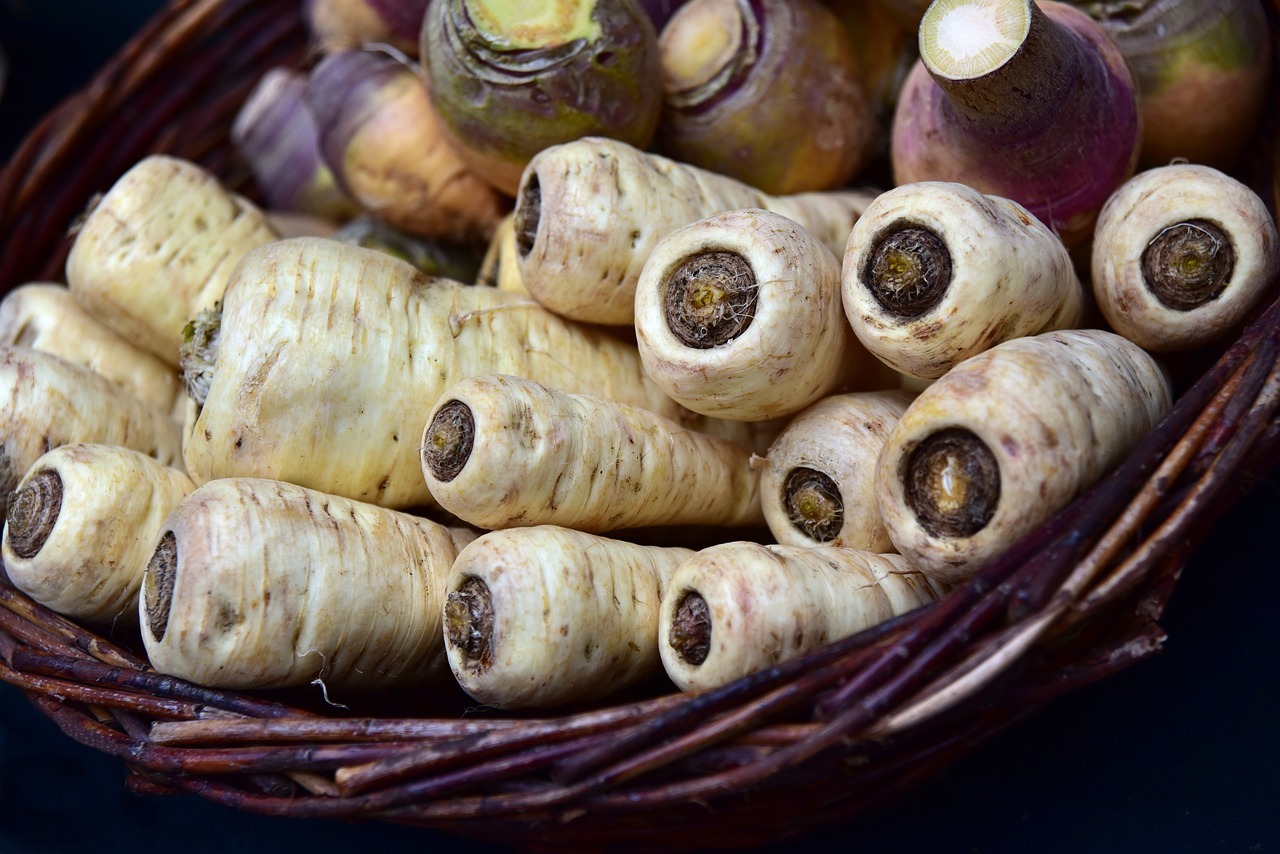Among the many different raw food groups, vegetables are one of the most important. It’s because they provide people with the needed vitamins and minerals, antioxidants, and fiber, which help support the immune system, digestion, and even mental health. A diet rich in different vegetables is essential for everything, from hair and bone health to immunity and weight loss.
Well, everyone probably already knows that vegetables are good for the body. But did you know that raw vegetables have different nutrient profiles compared to cooked ones? In some cases, raw vegetables are better options, while some are better when cooked. Today, since we’re talking about vegetables as a raw food group, we are giving you a list of the healthiest vegetables that are better served raw.
Brussels Sprouts
Brussel sprouts, together with broccoli, belong to the cruciferous family of vegetables. They offer many health benefits, like helping counteract cell damage. It’s because brussels sprouts contain the antioxidant kaempferol. Aside from helping people ward off adverse health conditions, they are also rich in vitamins, minerals, and fiber. Brussels sprouts are particularly high in vitamins A, C, and K, and as well as in folate and potassium.
These nutrients make them a good choice for supporting overall immune function, blood, and bone health. They are also great for those looking into losing weight because a cup of brussels sprouts has 3 grams of fiber, which can help you feel fuller after a meal.
Kale
Among the green leafy vegetables, kale is one of the healthiest. It contains high amounts of antioxidants, which is beneficial in promoting heart health. A cup of raw kale can provide you with lots of B vitamins, calcium, copper, and potassium. It can also fulfill the daily requirement for vitamins A, C, and K. Kale is also helpful in decreasing blood pressure, and it can also help reduce both blood cholesterol and blood sugar. All of these health-promoting qualities make it one of the healthiest vegetables that you can eat raw.
Broccoli
Broccoli is rich in antioxidants, which can protect against adverse health conditions. It contains phytochemicals called glucosinolates, which can support immune function and normal inflammatory processes. Aside from that, it can also help the body remove toxins via natural detoxification processes of the liver. It means that when you eat broccoli, it may help you prevent other types of chronic diseases.
Eating a cup of raw broccoli can provide 116% of your daily vitamin K requirements and 135% of your daily vitamin C requirement. This also contains high amounts of potassium, folate, and manganese.
Lettuce
Lettuce, especially red leaf ones, are high in nutrients but low in calories. It is rich in essential vitamins and minerals, including fiber, vitamins A, C, and K, magnesium, manganese, folate, iron, potassium, thiamine, and riboflavin. Lettuce is also very hydrating, and maintaining adequate hydration is essential for overall health. Its high-water content can also help people curb hunger and promote fullness.
Eating lettuce can also protect your body from damage caused by free radicals because it is rich in antioxidants, especially in beta carotene. Diets rich in lettuce and similar vegetables can help fight inflammation and lower the risk of heart disease. Plus, it is very easy to add to your diet.
Green Beans
Aside from being nice, crunchy, and low in calorie, green beans also provide lots of key nutrients. Young and tender green beans are rich in vitamin C and K, folate, dietary fiber, and silicon, which is important for healthy bones, hair, and skin.
Aside from the nutrients that you can get from green beans, growing them is also very easy. And they can also improve the soil they grow in due to their capacity to fix nitrogen from the air in nodes connected to their roots. Most of their energy is stored within the seed. This means that even without using fertilizer, they have enough food to nourish them until their first leaves appear.
Snow Peas
Snow peas have a flat-shaped edible pod with very small seeds. Unlike other types of peas, snow peas have thinner walls, meaning you can eat the whole pod. They are a good source of vitamins C, K, B1, B2, and B3. Aside from that, they are also rich in dietary fibers and folate. They also contain minerals like potassium, iron, and calcium, which can help regulate blood pressure and essential in the formation of red blood cells.
Green Bell Pepper
Green bell pepper is a tasty vegetable that is crispy and can be a regular part of a healthy eating plan. It is low in calories and does not contain fat. It is rich in vitamins and minerals, and has a mildly sweet flavor, making it a versatile vegetable that you can include in a wide variety of recipes. A cup of green bell pepper can provide you with 2.5 grams of fiber, which can help your digestive system to work properly. It is also rich in vitamins C and E, that can protect you from infections and keep your skin, teeth, gums, and blood vessels healthy, and your immune system strong. When you eat a diet rich in vegetables like green bell peppers, it can help reduce your risk of certain chronic illnesses. One of the best ways to eat raw bell peppers is by dipping them in low-fat ranch dressing or hummus.
White Onion
Among the different types of onions, white onions are the healthiest. It’s because they contain vitamin C, flavonoids, and phytonutrients. The flavonoids that they contain can help lower the risk of certain diseases, including cardiovascular diseases, stroke, and Parkinson’s. Besides that, white onions are also rich in fiber, folic acid, antioxidants, and antibacterial agents.
Eating white onions is also good for health, whether you eat them cooked or raw. In the 16th century, doctors even prescribed onions for diseases like infertility. They have also been used in preventing cholera and plague.
Leeks
Leeks are long, white-stemmed vegetables that can be eaten raw, mixed in salads, or sautéed and added to soups and pies. They are a good source of vitamins A, C, and K, and are rich in dietary fiber. Aside from that, leeks also contain minerals such as manganese and iron, which are essential for red blood cell production and are also involved in the regulation of brain and nerve function.
Parsley Root
Parsley root is filled with nutrients but low in calories. It contains carbs, healthy fats, protein, potassium, magnesium, iron, zinc, phosphorus, and vitamins C and B9. It is also full of antioxidants that can fight free radicals and reduce stress. Eating raw parsley root can help boost your immunity and detoxification, and it can also fight inflammation. That’s why adding it to your diet is a great idea.
These are some of the healthiest vegetables that you can eat raw and add to your diet. One of the best ways to consume a lot of raw veggies is by eating salads. They are great as meal replacements or between-meal raw snacks. We hope that this list will help you come up with raw vegetables to add to your diet.
